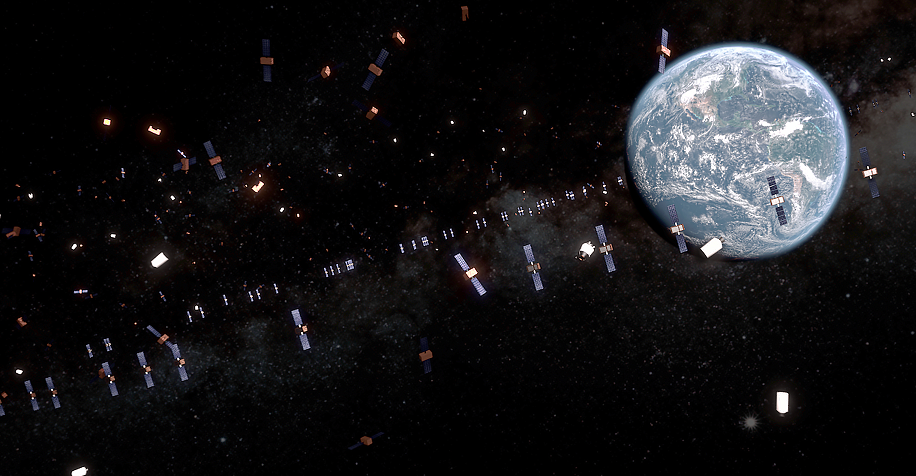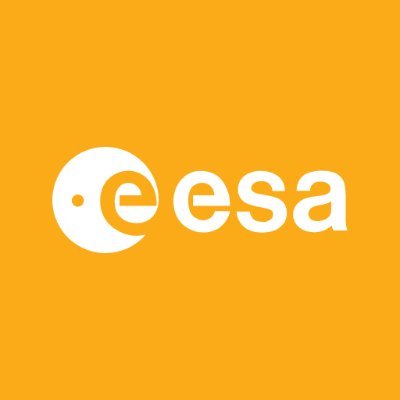Episodes
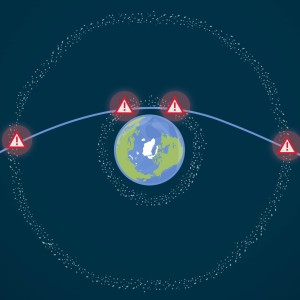
Thursday Nov 25, 2021
ESA‘s riskiest flyby – Solar Orbiter faces Earth debris
Thursday Nov 25, 2021
Thursday Nov 25, 2021
We talk to Julia Schwartz, expert in flight dynamics, and Klaus Merz, space debris, about Solar Orbiter's upcoming risky Earth flyby. On 27 Nov, it will pass almost as close as the International Space Station in one of the closest flybys on record, which will see the spacecraft pass through two regions of hazardous debris. Could Solar Orbiter swerve from collision, if needed? Has the recent 'fragmentation event' increased the risk?
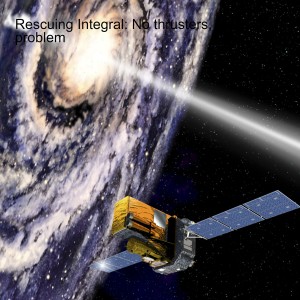
Friday Jul 16, 2021
Rescuing Integral: No thrusters, no problem
Friday Jul 16, 2021
Friday Jul 16, 2021
A year ago today, a failure on the Integral spacecraft meant it fired its thrusters for likely the last time. Hear Richard Southworth, Operations Manager for the mission explain how in the 365 days since, the spacecraft in Earth orbit has continued to shed light on the violent gamma ray Universe.
Not only that, Integral should soon be working even more efficiently than before, as mission control teams implement an ingenious new way to control the 18-year-old spacecraft.

Wednesday May 19, 2021
Your chance to name the next space weather mission
Wednesday May 19, 2021
Wednesday May 19, 2021
ESA needs you. We need a name for our new spacecraft. Its mission? To spot potentially hazardous solar storms before they reach Earth.
We speak to Jussi Luntama, ESA's Head of Space Weather about the mission, why it needs a new name, and what kind of submissions he's hoping for.
Submit your proposal at: https://www.esa.int/Safety_Security/Space_weather/Name_ESA_s_new_mission
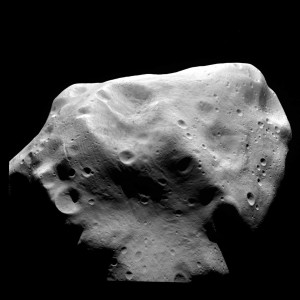
Wednesday Apr 28, 2021
A fictional asteroid impact
Wednesday Apr 28, 2021
Wednesday Apr 28, 2021
Once every two years, asteroid experts around the globe meet up and pretend an asteroid impact is imminent. Why? To prepare for the likely – but plausible – scenario in which this comes true.
In this episode, we speak about the hypothetical impact scenario playing out at this year's Planetary Defense Conference and why it matters, with Detlef Koschny, ESA's Head of Planetary Defence.
Get the full story on hypothetical asteroid 2021 PDC on the Rocket Science blog: https://blogs.esa.int/rocketscience/2021/04/26/deep-fake-impact/

Thursday Apr 22, 2021
André Kuipers on sheltering from oncoming space debris
Thursday Apr 22, 2021
Thursday Apr 22, 2021
André Kuipers is one of a handful of astronauts who has had to 'shelter-in-place' from a piece of marauding space debris.
In 2012, a debris fragment was spotted heading towards the International Space Station. Its orbit was hard to predict but it looked like it could pass at a distance of approximately 10 kilometres: that meant code red.
ESA astronaut André, along with his fellow passengers, had to seek shelter in the two Soyuz spaceships which function as safe houses and as lifeboats. Fortunately, the debris passed safely by. We spoke to André about what this experience was like, and also to his wife Helen who recounts the exact moment she found out.
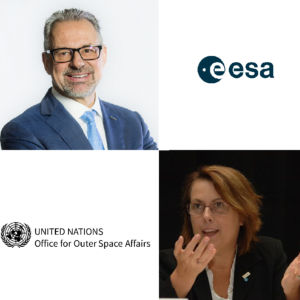
Wednesday Apr 14, 2021
Wednesday Apr 14, 2021
In the final episode of the ESA-UNOOSA podcast on space debris, Josef Aschbacher, Director General of the European Space Agency, and Simonetta di Pippo, Director of the UN Office for Outer Space Affairs, discuss this topic of global concern.
What are the two leading organisations doing to tackle space debris? What more needs to be done? Is there reason to be hopeful?
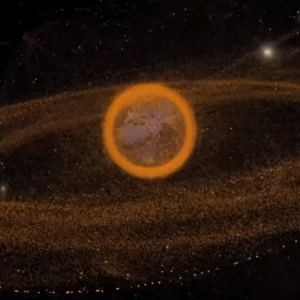
Tuesday Apr 13, 2021
ESA & UNOOSA on space debris: sustainability over the long term
Tuesday Apr 13, 2021
Tuesday Apr 13, 2021
Space may seem vast, but the orbits around Earth in which satellites reside are a limited natural resource. Since the beginning of the space age, millions of debris fragments have been created which now threaten any spacecraft that crosses their path.
So what can we do to protect these vulnerable regions for future generations? Find out in episode nine of the ESA-UNOOSA space debris series, with Stijn Lemmens and Tanya Keusen.
While you listen, check out the corresponding ESA-UN infographic that illustrates this topic: www.esa.int/ESA_Multimedia/Imag…ainability_of_space
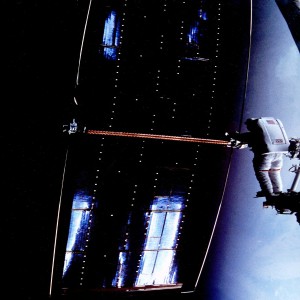
Wednesday Mar 31, 2021
ESA & UNOOSA on: space debris and human spaceflight
Wednesday Mar 31, 2021
Wednesday Mar 31, 2021
Humans in space have a lot to contend with, and for those orbiting in low-Earth orbit, space debris is a real concern.
So what's the risk to astronauts on-board the International Space Station? How safe are they when they perform a space walk, and what are the "clanking" sounds they report hearing? Find out in episode 8 of the ESA-UNOOSA space debris podcast with Vitali Braun and Ottavia Pesce.
While you listen, check out the corresponding infographic that illustrates this topic: www.esa.int/ESA_Multimedia/Imag…d_human_spaceflight
**Links referred to in the podcast:
The robotic arm on the International Space Station checks the Columbus module for signs of impact: www.esa.int/Safety_Security/Hun…_science_laboratory
The 7 mm-diameter impact chip in the Cupola of the ISS, gouged out by a tiny piece of space debris: www.esa.int/ESA_Multimedia/Imag…p#.YGQpHyPoJgY.link
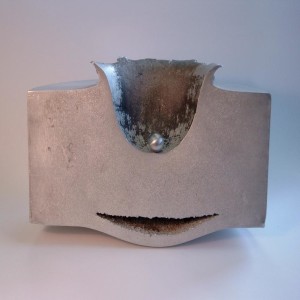
Wednesday Mar 31, 2021
ESA & UNOOSA on: the impact of debris
Wednesday Mar 31, 2021
Wednesday Mar 31, 2021
Debris in orbit varies from millions of millimetre-sized particles to thousands of much larger objects like defunct satellites and rocket parts. As such the damage debris can cause varies from a gradual degradation of satellite parts over time to immediate and total destruction.
Find out about the damage debris can do - including leading to the "Kessler syndrome" - in episode 7 of the ESA-UN space debris podcast with Beatriz Jilete and Markus Woltran.
While you listen, check out the corresponding ESA-UN infographic that illustrates this topic: www.esa.int/ESA_Multimedia/Imag…act_of_space_debris
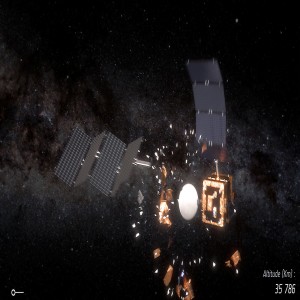
Wednesday Mar 31, 2021
ESA & UNOOSA on space debris: Where today's debris came from
Wednesday Mar 31, 2021
Wednesday Mar 31, 2021
The millions of fragments of debris in orbit today are the direct result of 'fragmentation events' in the past. But how do we know what caused the 550 known, debris-creating events to date? And what can we learn from them?
In episode 6 of the ESA-UNOOSA space debris series, Vitali Braun and Jorge del Rio Vera discuss the various past events that have lead to today's debris environment, and what we can expect in the future.
While you listen, check out the corresponding infographic that illustrates this topic: www.esa.int/ESA_Multimedia/Imag…ace_debris_creation.
